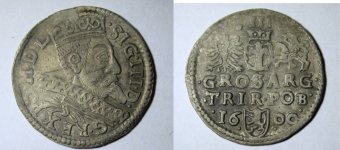ConceptualizedNetherlandr
Bronze Member
Minerals containing gold and their density/SG.
Nagyágite Pb5Au(Te,Sb)4S5-8[1] or
AuPb(Sb,Bi)Te2-3S6[2] or (Te, Au)Pb(Pb, Sb)S2[3]
7.35–7.49 (quasi telluride)
Aurostibite AuSb2 9.98
Auricupride Cu3Au 11.5
Uytenbogaardtite Ag3AuS2 7.134
Rhodite Au, Rh 15.5 - 16.8
The tellurides:
Petzite Ag3AuTe2 8.7 - 9.14
Krennerite AuTe2 8.53
Kostovite AuCuTe4 7.94
Calaverite AuTe2 9.1-9.3
Sylvanite (Ag,Au)Te2 8.2
Consider how much the cons weigh overall compared to the 'pure' gold you separate out.
Might be a good idea to do a test melt (and/or other techniques) on a representative sample of the cons from each area. No?
Nagyágite Pb5Au(Te,Sb)4S5-8[1] or
AuPb(Sb,Bi)Te2-3S6[2] or (Te, Au)Pb(Pb, Sb)S2[3]
7.35–7.49 (quasi telluride)
Aurostibite AuSb2 9.98
Auricupride Cu3Au 11.5
Uytenbogaardtite Ag3AuS2 7.134
Rhodite Au, Rh 15.5 - 16.8
The tellurides:
Petzite Ag3AuTe2 8.7 - 9.14
Krennerite AuTe2 8.53
Kostovite AuCuTe4 7.94
Calaverite AuTe2 9.1-9.3
Sylvanite (Ag,Au)Te2 8.2
Consider how much the cons weigh overall compared to the 'pure' gold you separate out.
Might be a good idea to do a test melt (and/or other techniques) on a representative sample of the cons from each area. No?







